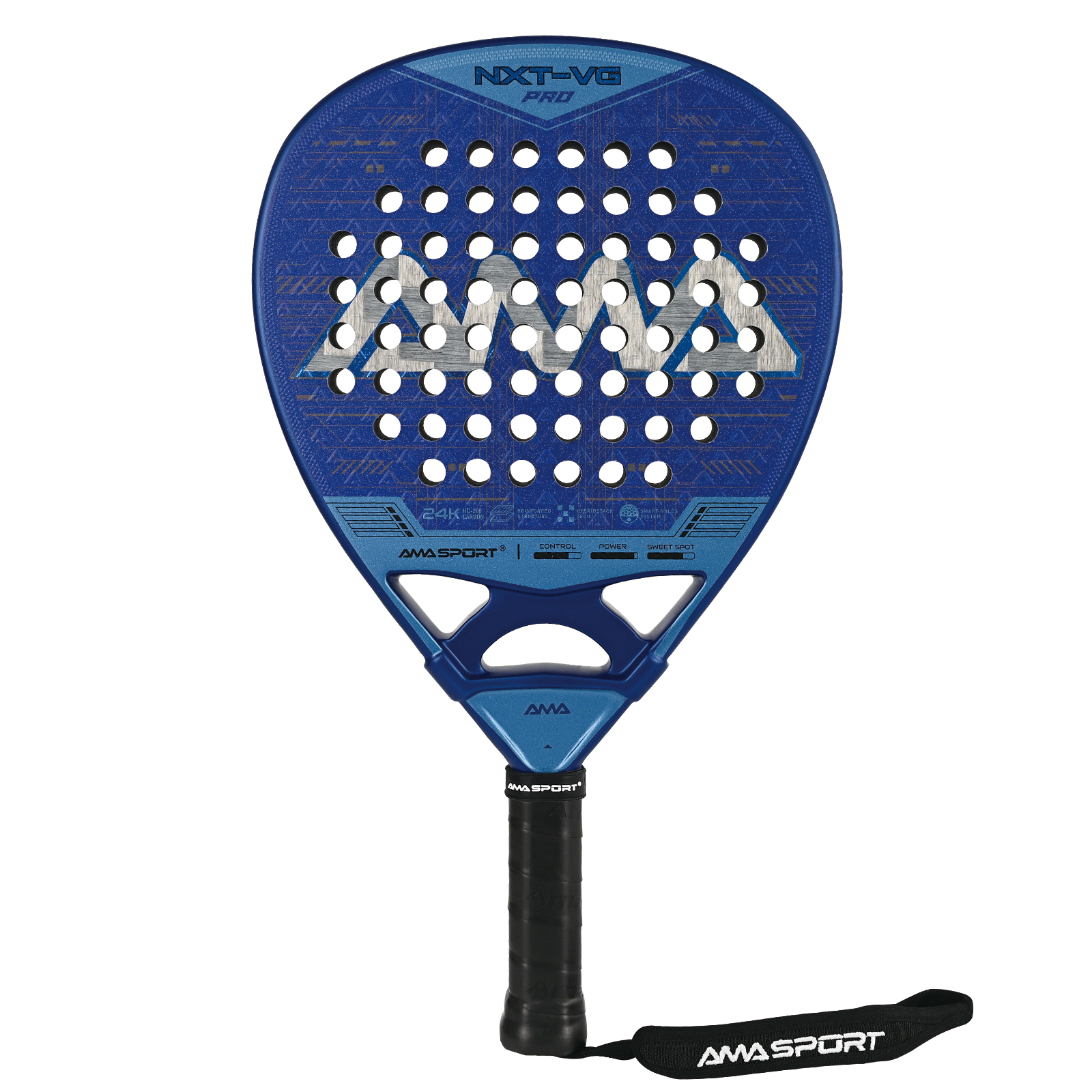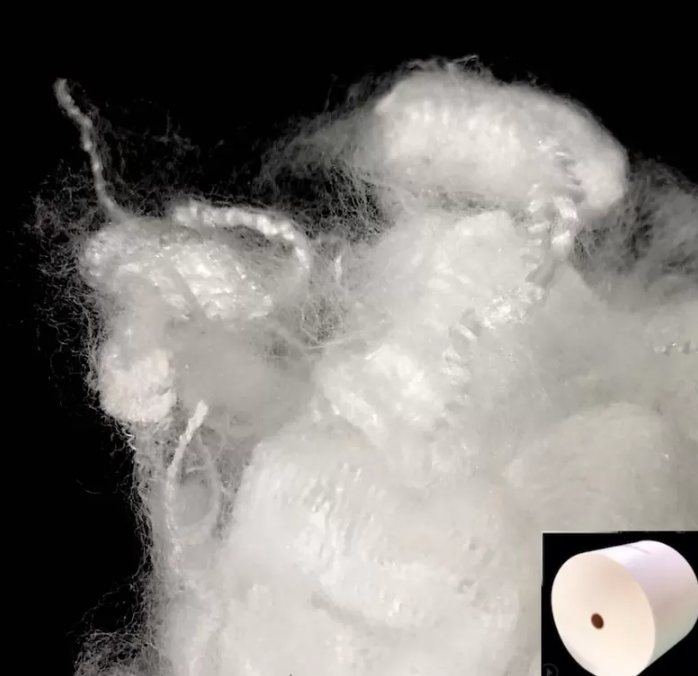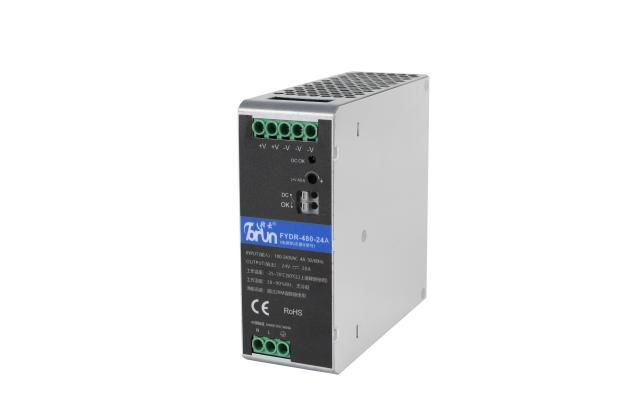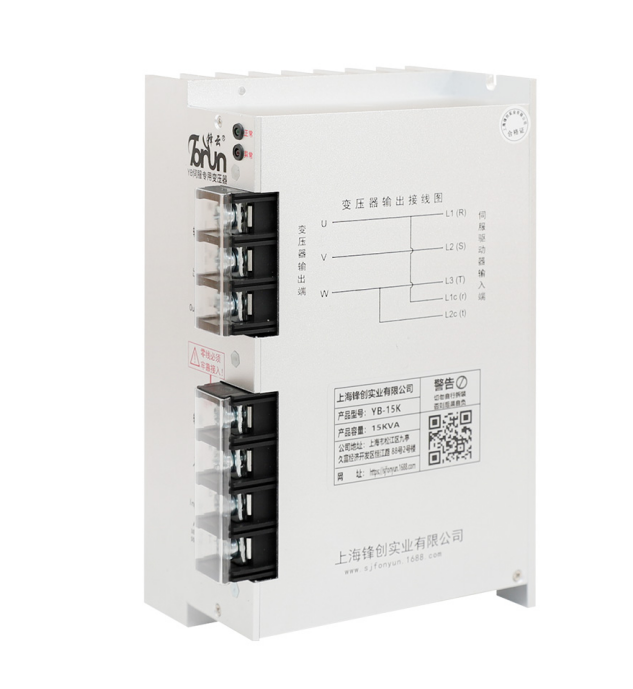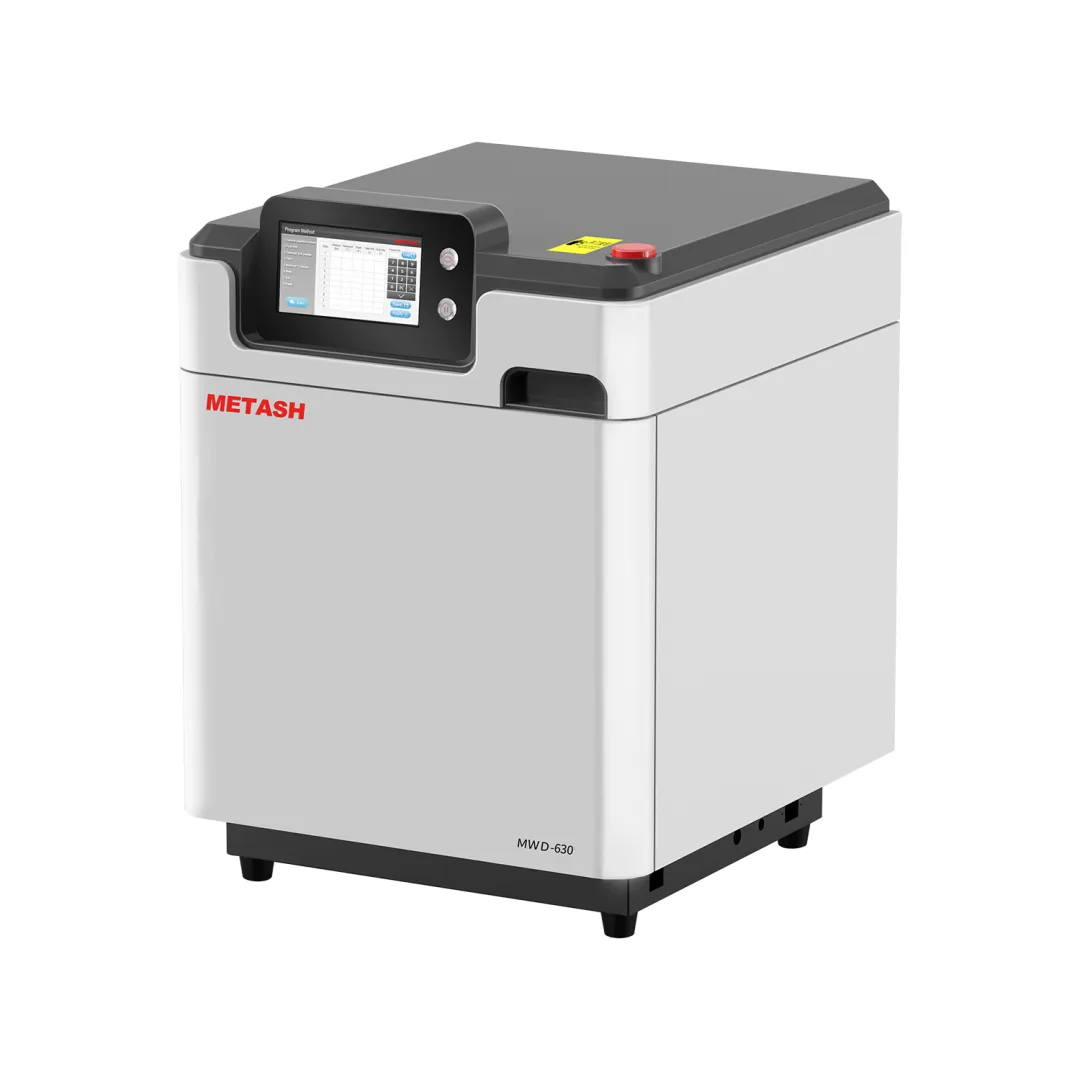Elevate Your Workout: The Ultimate Guide to Choosing the Best Clothing for Optimal Performance
When it comes to maximizing your workout experience, the right clothing can make a significant difference. Whether you’re hitting the gym, going for a run, or practicing yoga, the best workout attire not only enhances your performance but also ensures comfort and safety. In this comprehensive guide, we will explore the essential factors to consider when selecting workout clothing, the types of materials that work best, and how to choose outfits tailored to specific activities.
Understanding the Importance of Workout Clothing
Workout clothing serves several critical functions. First and foremost, it provides comfort and freedom of movement, allowing you to perform exercises without restriction. Additionally, the right attire can help regulate body temperature, wick away moisture, and protect against injuries. Choosing the best clothing for working out is not merely a matter of style; it’s about enhancing your overall performance and ensuring a positive workout experience.
Key Factors to Consider
- Fit and Flexibility: The fit of your workout clothing is paramount. Opt for garments that offer a snug yet comfortable fit, allowing for a full range of motion. Look for designs that incorporate four-way stretch fabrics, which provide flexibility during dynamic movements. Avoid overly loose clothing, as it can become a distraction and may even pose a safety risk during certain exercises.
- Moisture-Wicking Properties: During intense workouts, sweat is inevitable. Choosing moisture-wicking fabrics helps to draw sweat away from your skin, keeping you dry and comfortable. Look for materials such as polyester, nylon, or specialized blends designed for athletic performance. These fabrics not only keep you dry but also help to regulate body temperature, preventing overheating.
- Breathability: Breathable fabrics allow air to circulate, which is crucial for maintaining comfort during workouts. Look for clothing with mesh panels or ventilation zones that enhance airflow. Natural fibers like cotton can be comfortable but may not be the best choice for high-intensity workouts due to their tendency to retain moisture.
- Support and Compression: For activities that involve high-impact movements, such as running or jumping, consider clothing that offers support and compression. Compression garments can improve blood circulation, reduce muscle fatigue, and enhance recovery. Look for leggings or tops with built-in support features, such as a supportive waistband or padded bras.
- Durability: Workout clothing should withstand the rigors of regular use. Look for high-quality materials that resist wear and tear, especially if you engage in activities that involve friction, such as cycling or weightlifting. Reinforced seams and durable fabrics can extend the life of your workout gear.
Choosing Clothing for Specific Activities
Different workouts require different types of clothing. Here’s a breakdown of what to wear for various activities:
- Running: Lightweight, moisture-wicking tops and shorts or leggings are ideal. Look for reflective elements if you plan to run in low-light conditions. A supportive sports bra is essential for women.
- Yoga: Opt for stretchy, breathable fabrics that allow for a full range of motion. High-waisted leggings or fitted shorts paired with a comfortable tank top or long-sleeve shirt can provide both support and flexibility.
- Weightlifting: Choose fitted tops and bottoms that won’t get caught on equipment. Look for materials that offer compression and support, especially for your core. A good pair of weightlifting shoes can also enhance stability.
- High-Intensity Interval Training (HIIT): Select clothing that combines breathability with support. Moisture-wicking fabrics are essential, and consider layering with a lightweight jacket for warm-up and cool-down periods.
Accessories and Footwear
Don’t overlook the importance of accessories and footwear in your workout attire. Proper athletic shoes tailored to your specific activity can prevent injuries and enhance performance. Additionally, consider moisture-wicking socks, headbands to keep sweat at bay, and supportive gear like knee sleeves or wrist wraps for added protection during intense workouts.
Conclusion
Choosing the best clothing for working out is a multifaceted decision that can significantly impact your performance and comfort. By considering factors such as fit, moisture-wicking properties, breathability, support, and durability, you can select the right attire for your specific activities. Remember, investing in high-quality workout clothing is not just about looking good; it’s about enhancing your overall fitness experience and achieving your goals. So, gear up wisely and elevate your workout to new heights!

